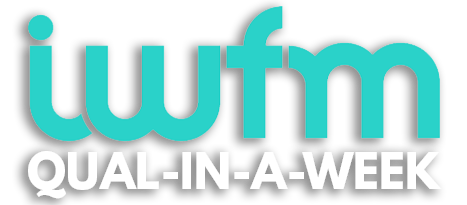Hi there,
This week we’re looking at the first of five ways that FM can support the core business of an organisation – meeting end-user requirements. And crucially, we’re examining who those end-users actually are!
Meeting end-user requirements
A major part of the facilities management role is to ensure that the services you are providing are meeting the needs of end users. But there are different types of end users, and you need to recognise the differences between them.
End users in facilities management are generally divided into three major categories – clients, customers and users. These three terms are often used interchangeably, but there are actually important differences between the three.
Clients
Clients are the people who authorise the service levels and approve the invoices for external providers or are the line managers in the case of internal provision.
In short, they’re the people with the money – or at least with control over the money! 💷 💷 💷
Customers
Our usual understanding of the word ‘customer’ is that of a customer in a shop, or equivalent. But in FM, ‘customer’ refers to an authorised user of the services that FM provides and is generally funded by the client.
In most organisations, customers are generally employees of the business. They are supported by either in-house or outsourced FM service provision, which is approved and funded by the client. 👨🏾💼🧑💼👩🏽💼 👨💼
Users
The last category is ad-hoc users of the service, who are often unaware that they are using an FM service. An example would be occasional visitors to the business who make use of reception, security or catering services. 💁🏽 👮♂️ 🧹
Why is this important?
By understanding the differences between clients, customers and users (let’s call them CCUs, for brevity), you can start to appreciate the different – and sometimes conflicting – requirements of each group and look for ways to deliver a service that satisfies all parties.
The needs of these CCUs are varied and will often depend upon the organisation and its culture. These needs may also change over time as the business develops and society changes.
Of course, sometimes it is difficult or even impossible to completely satisfy all CCUs. This is where your communication and negotiation skills will become crucial. This can be one of the most challenging, frustrating but rewarding parts of the job!
A good facilities manager needs to have an ear to the ground and open lines of communication with CCU’s in order to anticipate their needs and provide a service to satisfy them. Customer relationship management, or CRM, is a term often related to sales and marketing but is equally relevant to FM.
There are various methods for managing relationships with end-users, but that’s a topic for another time. For now, just try to identify the differences between the three and see if you can identify who in your organisation fits into each category.
Have a great week!
Chris and the Xenon Group team
P.S. If you haven’t already studied or started studying for an IWFM qualification, which will cover topics like this in depth and fully assess your understanding, you may want to have a look at our guide to the IWFM Qualifications which will give you a full breakdown of how they work and what’s involved in the different levels. You can download it here.
P.P.S. If you’re already considering taking a qualification but don’t know which level to go for, a good starting point is our One-Minute-Leveller tool, which will ask you a few questions and give you a recommendation based on the result. You can access it here.



